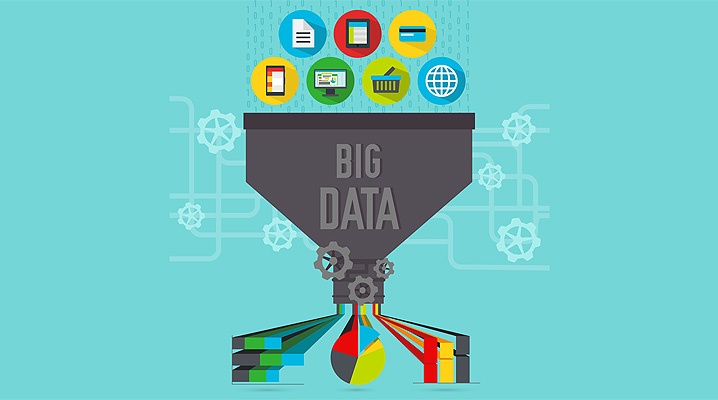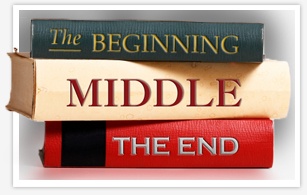Data Science
Maybe one of the hottest topics the past 10 years. Why is everybody obsessed with data, big data, small data, analytics? Is our life really going to depend on data or is it just a trend/fashion of our decade that it will vanish in the near future (like Pokemon go)?
On the contrary, if you ask me, I think data and analytics are really getting into our lives. Everything tends to be connected. Every company has the desire and is trying to be data driven, to be a company that uses its data to optimize decision making. Data scientists have more and more work to do in order to develop new algorithms, using machine learning, to reach the ultimate goal of matching demand and supply and to conquer the market efficiently.
![]()

You want the data, or the story behind it?
I am not going to talk about requirements or skills you need to acquire in order to be a BI analyst or a data scientist. But despite the respect it commands in concept, data and analytics can be difficult to explain and understand. As a result, analytical capabilities may not get used effectively, as decision makers fall back on their intuition or experience.
So what is really important, is to be able to show your findings to others, in a way that can be comprehensive to them.
Because even if you are the best analyst out there, if you can’t explain to others what you found, then it doesn’t mean anything. To find a way to show and explain your insights to the rest of the world is really important. That means you have to be able to tell the story behind the data, the numbers and the formulas.
Who are you up against?
I’ve done the analysis on my dataset, now I have to present my findings. What’s the goal of my analysis and who am I going to present to? These are vital questions. I need to know my audience before I start creating my presentation.
Most captivating storytellers grasp the importance of understanding the audience. It really matters if you are able to adjust your way of telling the story to fit the needs of your audience. For instance, when speaking to an executive, statistics are likely important to the discussion. But a Business Intelligence manager would likely find methods and techniques just as crucial and important as the outcome itself.
So now what?
You know your audience. Next step is to try to find an attractive way to present your findings. You need to find a way to explain your findings and give your insights.
In order to do that, you need to understand the business part and combine it with the data insights. That’s why it is really crucial that data scientists (& analysts) work side by side with business analysts. You know the data and you need to understand the relationship among the variables. Then you will be in a position to explain your findings to others and to present your solutions. Don’t underestimate this bit of Data Science, sometimes the story is harder to come up with than crunching the numbers.
The other day I had to do an analysis on a dataset which contained a large list of cars with their engine characteristics. I was looking at the data but it was like I was reading something in a language my brain couldn’t process. I needed to get in contact with people that have the knowledge of the business part in order to understand some fields of my data. After our meeting I was in position to perform my analysis and then present my findings in a way that it was beneficial to them.

Structure your story
It is well known that among the more effective analysts are those who can tell a story with data!
Good stories present findings in a way that the audience can comprehend.
Emma Coats, a former story artist at Pixar, has said: “Come up with your ending before you figure out your middle. Seriously. Endings are hard, get yours working up front.”

This means you need to have a plan before you execute it. Think about where your analysis will end up. You have specified the spine of your story, knowing the beginning and the end, and then you enrich it with your analysis. Only then you will be able to create a nice, understandable story to tell.
![]()
To sum up, quality of data is important (a subject I’ll dive into in the next blog) but equally important is the communication between you, the data scientist, and whoever will use your analysis. Plus of course, the way you will present your findings to your audience. The way you will tell the story!
What do you think is more important, the analysis itself or the way you will present it? Or even better; which can affect the decision makers the most? Think about it, and leave a comment with your findings.
This blogpost has been translated to Dutch. You can find the Dutch version here.